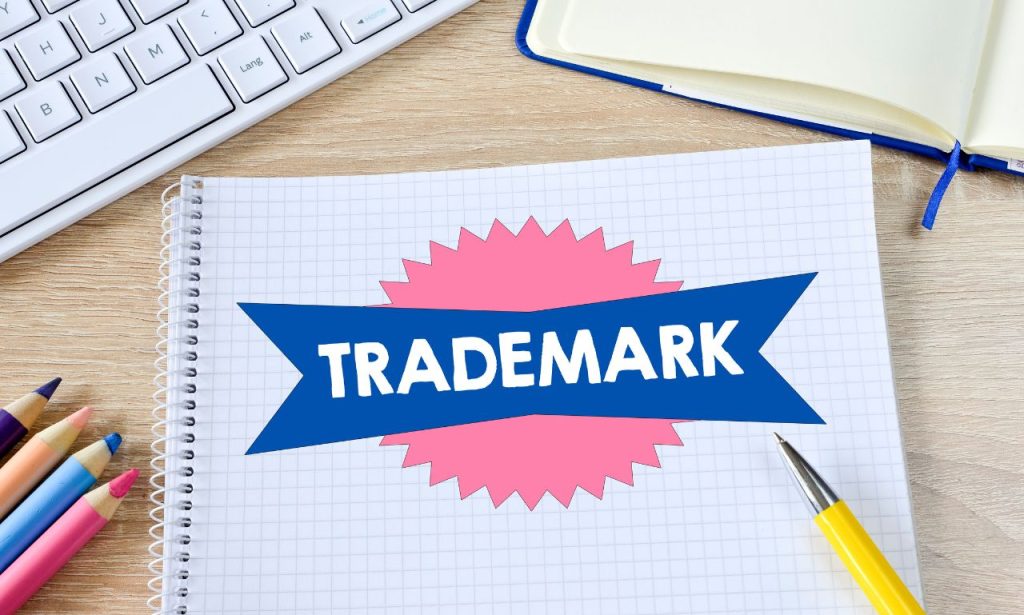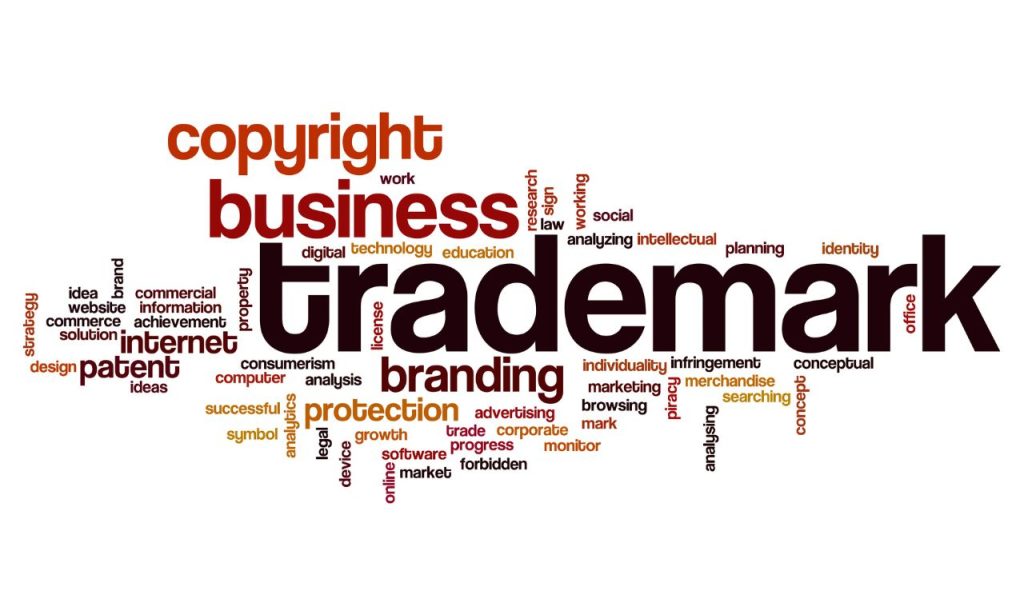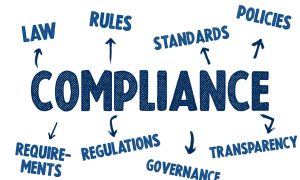Ever wondered why companies fight tooth and nail over logo designs and brand names? The answer lies in trademark strategy. Businesses that leverage trademarks effectively gain significant market advantages. They stand out from competitors in crowded marketplaces. Their products have become instantly recognizable to consumers worldwide. Today’s business landscape requires more than just great products. It demands strong brand identity protection. Companies must build walls around their intellectual property. This protection creates sustainable competitive advantages that last for decades.
What is a Trademark Strategy?

A trademark strategy is your blueprint for brand protection. It maps out how you’ll secure your business identity in the marketplace. Your strategy should cover registration, monitoring, and enforcement of trademark rights.
Think of trademark strategy as brand insurance. You wouldn’t leave your physical assets unprotected. Why would you leave your brand vulnerable? Effective strategies prevent competitors from stealing your thunder.
Companies must align trademark decisions with broader business goals. The strategy must support your market positioning. It should enhance customer perception of your products and services.
Your strategy must include defensive and offensive elements. Defensive tactics protect what you’ve built. Offensive approaches block competitors and create new opportunities. Both aspects work together to create market advantages.
Strategic Branding and Customer Perception
Strategic branding creates powerful connections with customers. It transforms ordinary products into objects of desire. Trademarks serve as the foundation for this emotional connection. Let me introduce you to strategic branding principles. They begin with strong trademark protection. Your customers connect with your brand through consistent visual and verbal elements. These elements must receive full legal protection.
Companies that invest in trademark-protected branding see higher customer loyalty. They enjoy premium pricing power. Their products resist commoditization even in competitive markets.
I worked with a food company that was struggling with price competition. Their products kept getting undercut by cheaper alternatives. We developed a trademark strategy that highlighted their authentic heritage. This strategy allowed them to charge 40% more than competitors.
Your brand perception directly impacts purchasing decisions. Customers make snap judgments based on trademark elements. They decide whether to trust you in milliseconds. Strong trademarks create instant positive associations.
Impact on Brand Recognition
Brand recognition drives purchasing decisions across all industries. Customers buy what they know and trust. Trademarks serve as mental shortcuts to your brand promise. Studies show that visual trademarks register in consumers’ minds within 400 milliseconds. This instant recognition happens faster than conscious thought. Strong trademarks create powerful first impressions.
Companies with instantly recognizable trademarks spend less on advertising. Their assets do marketing work automatically. I’ve seen businesses cut acquisition costs by 30% through trademark optimization.
A client in the software industry faced recognition challenges. Their logo blended in with competitors. We redesigned their visual trademark elements for distinctiveness. Their brand recognition scores increased by 80% in just six months.
Your trademark should trigger specific emotional responses. It should communicate your brand values instantly. Strong marks make customers feel something before they even think. This emotional connection creates powerful competitive advantages.
Recognition extends beyond logos to product shapes and packaging. Apple trademarked its distinctive product silhouettes. These shape trademarks prevent copycats from mimicking their iconic designs. Consider all trademark options for maximum protection.
Comprehensive Trademark Search
Trademark searches prevent costly legal battles and rebranding nightmares. They identify potential conflicts before you invest in new brands. This preventive approach saves millions in potential damages.
Businesses must search beyond exact matches. Similar marks in related industries create legal risks. Your search must identify phonetic similarities and conceptual relationships. Thoroughness prevents future problems.
A tech startup once ignored my advice about comprehensive searching. They launched with a name similar to an existing trademark. The resulting lawsuit cost them $2.3 million, plus a complete rebrand. Their market momentum evaporated overnight.
Your search should examine international markets if you plan global expansion. Different countries have different trademark standards. What works in America might face challenges in Europe or Asia. Global searches prevent expansion headaches.
Fostering Customer Trust
Customer trust translates directly to revenue and loyalty. Trademarks serve as trust markers in the marketplace. They tell customers which products come from reliable sources. They start with consistent quality signals. Your trademark must appear on products meeting specific standards. This consistency builds reputation equity over time.
Companies with trusted trademarks command premium pricing power. Customers willingly pay more for guaranteed quality. This price premium creates significant profit margin advantages. Trust literally pays dividends.
I helped a hospitality client recover from quality problems. Their trademark had become associated with inconsistent service. We implemented strict quality control connected to trademark usage. Their trust metrics improved by 60% within one year.
Your trademark enforcement actions protect customer trust. Counterfeit products damage brand perception quickly. Aggressive protection prevents these trust violations. Consider enforcement an investment, not an expense.
Trust takes years to build but minutes to destroy. One bad product bearing your trademark can undo decades of goodwill. Rigorous quality control protects your most valuable asset. Never compromise on trademark integrity.
Application Filing and Documentation

Proper trademark applications lay the groundwork for strong legal protection. They define what you own in the marketplace. Sloppy applications create vulnerabilities that competitors can exploit.
They begin with precise descriptions of goods and services. These descriptions define your protection boundaries. Vague descriptions leave dangerous gaps in coverage.
Businesses must file in appropriate trademark classes. These classes organize protection by industry category. Most brands need multiple class registrations. This comprehensive approach prevents competitive encroachment.
A fashion client once filed in a category that was too narrow. They protected clothing but ignored accessories. A competitor launched identical branded handbags. The client had no legal recourse due to their limited filing scope.
Your application documentation must be meticulously maintained. Proof of first use, specimen examples, and renewal deadlines matter. Organized documentation systems prevent accidental trademark loss. Many businesses lose rights through simple administrative oversights.
Post-Application Responsibilities
Trademark protection doesn’t end with registration. It requires ongoing maintenance and vigilance. Many businesses lose valuable rights through neglect of post-registration duties. They include monitoring for infringement. Regular market surveillance identifies potential violations. Early detection prevents trademark dilution.
Companies must file usage declarations at specified intervals. These declarations prove continued trademark use. Failure to file these documents terminates your rights. Automated tracking systems prevent these costly oversights.
A retail client lost their primary trademark after missing a maintenance filing. They had to rebrand 200 stores nationwide. The cost exceeded $4 million. Simple calendar management would have prevented this disaster.
Your renewal deadlines vary by country and jurisdiction. International trademarks have different maintenance schedules. Centralized tracking prevents geographic gaps in protection. Consider trademark management software for complex portfolios.
Legal Protection and Brand Identity
Legal protection transforms brand identity into tangible business assets. Without protection, your branding investments remain vulnerable. Trademarks convert creative work into balance sheet assets.
Strong legal foundations deter would-be infringers. They see your vigilance and choose easier targets. This protective halo effect reduces competitive threats. Your reputation for enforcement becomes a competitive advantage.
Companies must document trademark violations systematically. This evidence strengthens enforcement actions. Courts respond to organized evidence collection. Random screenshots rarely persuade judges or settlement negotiators.
I advised a software company facing widespread trademark abuse. They implemented systematic violation tracking. This documentation helped secure a $1.2 million settlement from their primary infringer. The violator couldn’t dispute the overwhelming evidence.
Your legal protection strategy should include response protocols. Different violations require different approaches. Some warrant immediate legal action. Others need simple warning letters. Proportional responses conserve resources.
Leveraging Trademarks for Market Presence
Strategic trademark usage expands market presence beyond your actual size. Smart branding makes companies appear larger and more established. This perception creates competitive advantages against bigger rivals.
Trademark licensing opens new revenue streams and market segments. Your protected assets generate income through partner relationships. These arrangements extend reach without operational scaling.
Companies can use trademark portfolios to block competitive moves. Strategic filings create barriers to entry. They prevent competitors from using similar branding. This defensive strategy preserves market position.
A beverage startup used a trademark strategy to compete with industry giants. They secured distinctive visual elements that larger competitors couldn’t copy. These protected elements helped them stand out on crowded retail shelves. Their sales grew 400% in two years.
Your trademark portfolio signals innovation to investors and partners. Strong protection demonstrates business sophistication. This perception improves negotiating positions. Funding terms often improve with strong intellectual property portfolios.
The long-term value of trademarks typically exceeds other business assets. Physical assets depreciate over time. Strong trademarks appreciate with use. This appreciation creates sustainable competitive advantages that have strengthened over the decades.
What is the Main function of a trademark?

The primary function of trademarks is source identification. They tell customers exactly who made a product. This identification prevents customer confusion in the marketplace.
Trademarks serve as quality guarantees to consumers. They promise consistent standards across all branded products. This consistency builds customer confidence over time. It creates purchase shortcuts in busy markets.
I helped an electronics manufacturer address counterfeit products. Their trademark registrations enabled customs seizures of fake goods. Without registration, these enforcement options wouldn’t exist. Registration created practical protection mechanisms.
Your trademarks serve important internal functions, too. They unite employees around common symbols. These shared identities create cultural cohesion. Strong internal alignment improves operational performance.
Conclusion
Trademarks create powerful competitive advantages for businesses of all sizes. They protect brand investments from competitive encroachment. They transform creative work into tangible business assets. Smart companies prioritize trademark strategy.
The strategic value of trademarks continues to grow in our digital economy. Online business removes geographic barriers to competition. Strong trademark protection becomes essential in borderless markets. Your brand must stand strong globally.
Start building your trademark strategy today. Begin with comprehensive searches. Move to strategic registration. Implement consistent enforcement. Your competitive position will strengthen with each step. The marketplace rewards those who protect what they build.
ALSO READ: What Are the Requirements for Forming an LLC?
FAQs
Trademark protection can last indefinitely if properly maintained. Most jurisdictions require periodic renewal filings and proof of continued use.
The ™ symbol indicates unregistered trademark rights. The ® symbol indicates federally registered trademark protection.
Yes, business names can receive trademark protection if they function as source identifiers and meet distinctiveness requirements.
Basic registration costs range from $225 to $400 per class in the US. International filings cost more, typically $1,000-$3,000 per country.
Yes, trademarks can be lost through abandonment, improper licensing, becoming generic, or failure to enforce against infringement.




